Project Information
Darling River Eco Corridor 29
Human Induced Regeneration
Feral goats have historically limited the regeneration of mulga in parts of Western New South Wales by heavily grazing young saplings. This project has introduced measures to manage the feral goat population, creating conditions that support the natural regeneration of mulga in the area.
Income from the regeneration project has enabled the landholders to complete boundary fencing, and upgrade internal fencing and waterpoints, giving them more control over grazing pressure. They’ve managed to completely remove feral goats from the project area, which means they can still graze livestock there, making sure they move the stock on before the trees become fodder.
The financial security the project provides affords the landholders more confidence in decision making when it comes to livestock and property management. These days, they can sell stock when they want to rather than reacting to the beat of the market.
They’ve also invested more in the land, installing firebreaks and establishing drought resilience plans that allow them to move stock off the land in dry times.
The young mulga that is now flourishing on the red flats is one reward for all their work, creating new habitat for native wildlife and improving the overall health of the land.
Key Benefits
We support the Sustainable Development Goals


Statistics
Methodology
Human-Induced Regeneration of a Permanent Even-Aged Native Forest – 1.1 Methodology Determination 2013
Registered ID
Date registered
December 2017
Project area
14,705ha
Permanence
25yrs
Location
Bourke Shire, NSW






